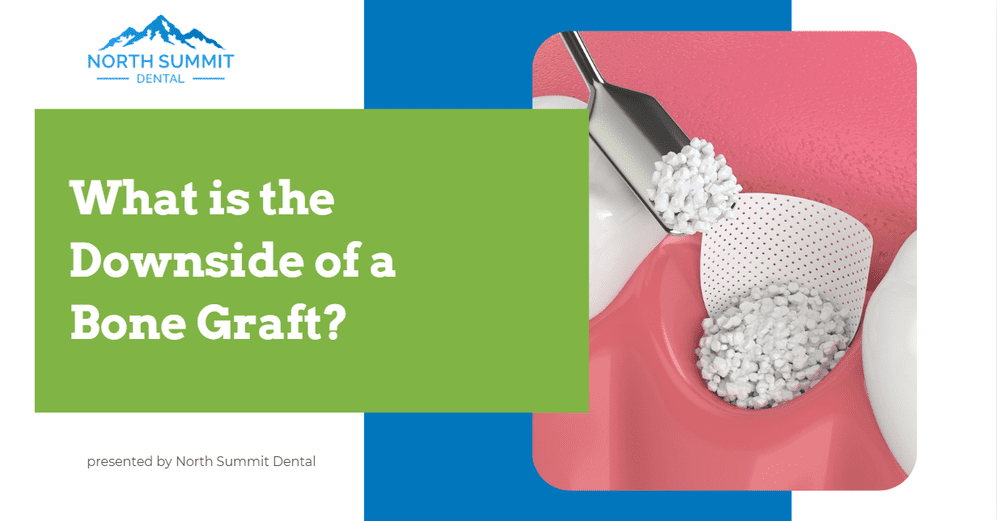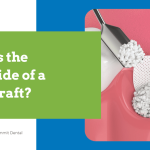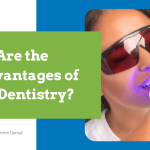Are you thinking about a bone graft but worried about its downsides? bone grafting in Burns Lake for repairing bone loss and facial structure, mainly for implants. It can be highly successful, but like anything, it should be weighed against risks, downsides, side effects, and long-term effects.
What are the Common Side Effects of a Bone Graft?
As with any surgical procedure, there are risks to bone grafting. Common side effects of bone graft surgery include:
- Swelling and bruising: Typical, temporary, and resolves in a few days.
- Pain or discomfort: Mild to moderate pain is expected and may need medication.
- Infection: Rarely, infections can occur at the graft site.
- Bleeding: Minor components are normal; however, continuing bleeding should be reported.
- Graft rejection or failure: In some patients, the graft will not integrate with existing bone.
Patients need to be aware of possible side effects so they are prepared and to ensure they are following post-operative instructions.
What Are the Long-Term Effects of Bone Grafting?
It’s important to know the long-term effects before deciding on the procedure.
- Stronger bone support: A successful graft gives your dental implants a stable and safe base.
- Bone can change over time: The graft may slowly reshape and slightly change the hardness of the nearby bone.
- Fixing the graft: Sometimes, a second procedure may be needed if the graft doesn’t fully join with the bone.
- Effect on your teeth: Taking good care of your mouth will help the graft work well and keep your teeth healthy.
Seeing a dentist in Burns Lake can help you know your risks and what results to expect.
Are There Alternatives to Bone Grafting?
If you would prefer to avoid a bone graft, you have options depending on your suitability:
- Zygomatic implants: Used in cases of inadequate bone in the upper jaw.
- Narrow implants: The implants that do not require a large bone graft.
- Bone expansion techniques: Expand existing bone and place implants shortly after.
- Alloplastic bone substitutes: Synthetic materials that can replace grafts in certain cases.
Each option has good and bad points, and a dentist near you can explain which one is best for your teeth.
How Can You Minimize the Downsides?
There are plenty of ways patients can mitigate the likelihood of complications related to their bone graft procedure.
- Adhere to your postoperative restrictions:
- Practice good dental hygiene to prevent infection.
- Do not smoke; it inhibits healing.
- Attend any follow-up visits if you have concerns.
Awareness of your follow-up will help you heal and prevent long-term issues.
Enhance Your Smile with Expert Dental Care!
Worried about bone grafting and its complications? If you are unsure if this treatment is for you or would like to look at other options, a dentist can help. At North Summit Dental, we have a friendly team to provide safe care and provide guidance and support in maintaining your smile healthy and strong. Schedule your appointment today!
FAQs
Is numbness a possible outcome of bone graft surgery?
Numbness or tingling may occur temporarily near the graft site and is usually resolved within a few weeks.
How long does it take to heal after a bone graft?
Healing varies from 3 to 6 months, with larger grafts generally taking longer, based on your overall health and the graft size.
Do chronic conditions put patients at risk?
Patients with diabetes or patients with immune disorders are at a higher risk for complications. Your dentist will modify the treatment plan accordingly.
Can I have a bone graft fail without any symptoms?
Yes, grafts can fail without any symptoms at all. Follow up with regular X-rays and dental check-ups since regular X-rays show early graft problems.
Will having a bone graft affect my being able to have dental work done afterward?
When successful, your bone graft helps you have more options for future dental implants/restorations that support your overall long-term oral health.






